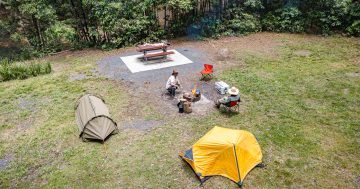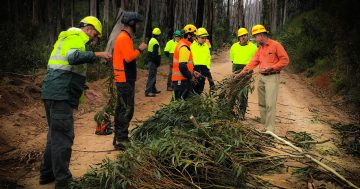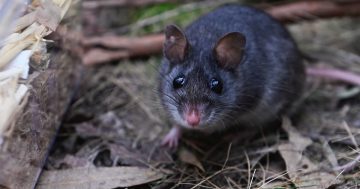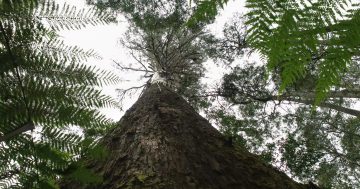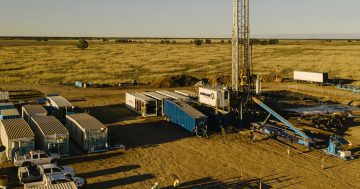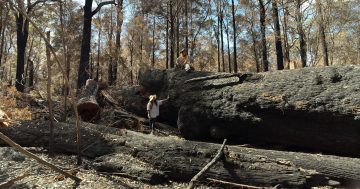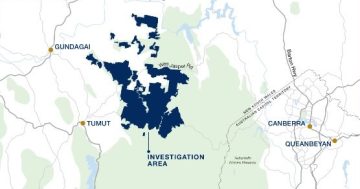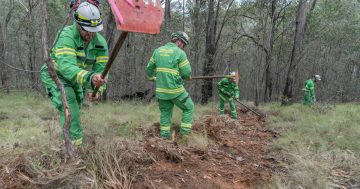 A multi-Agency research project has quantified the forest carbon in the State, using the latest national and NSW data and modelling techniques.
A multi-Agency research project has quantified the forest carbon in the State, using the latest national and NSW data and modelling techniques.
Forest carbon stock is the amount of carbon that has been sequestered from the atmosphere and is stored within the forest ecosystem, mainly within living biomass and soil.
Releasing the Report, the Natural Resources Commission said it commissioned a team from the NSW Department of Primary Industries, the Commonwealth Scientific and Industrial Research Organisation (CSIRO ), and the Mullion Group to quantify the carbon balance of NSW forests and how it may change under different policy, management and climate scenarios.
“This assessment represents the most significant advancement in understanding the trends in forest carbon across NSW,” the Commission said.
“Community concern about climate change has focused attention on the carbon cycle, including the role of carbon capture by vegetation,” it said.
“NSW forests contribute to the global carbon cycle.”
The Commission said maintaining forest carbon stocks was an important indicator of sustainable forest management.
“The results indicate that carbon stock within NSW forests varies across the State and is subject to change due to natural disturbances (fire, drought, natural regeneration) and anthropogenic activities (land clearing, reforestation, prescribed fire and timber harvesting),” it said.
The Commission said the assessment found there had been a net loss of forest carbon within NSW between 1990 and the end of 2020, estimated at around 164 Mt of carbon (excluding soil) under a ‘mid’ growth scenario.
“The net loss is primarily driven by the 2019/2020 fire season, which resulted in significantly larger changes in forest carbon than at any other point in the preceding three decades,” it said.
“There was a general decline in forest carbon in the 1990s, net gains in forest carbon from the mid-2000s to 2019 and a large loss of forest carbon in 2020 associated with fire events.”
The Commission said the project demonstrated the importance of having a comprehensive forest monitoring program in place with operational systems to conduct the analysis.
The 77-page Carbon Balance of NSW Forests – Methodology and Baseline Report can be downloaded at this PS News link.


